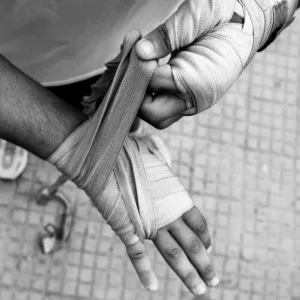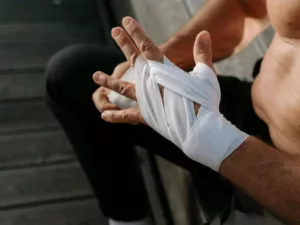(Last Updated on October 10, 2025 by Henry)
Overtraining and burnout are terms often used interchangeably, but they represent distinct issues. Overtraining refers to the physical state where your body cannot recover from exercise, leading to decreased performance and potential injury.
In grip strength training, this often shows up as lingering forearm fatigue, reduced crushing power, or soreness in the hands and wrists that doesn’t go away even with rest.
Burnout, on the other hand, is more about your mental state.
It’s that feeling of extreme fatigue, lack of motivation, and general disinterest towards your usual activities.
When it comes to grip workouts or hand conditioning, burnout can make you feel disconnected from training you once enjoyed:
A sign that both mind and muscles need recovery. Both need attention, but for different reasons.
Recognizing the signs early can make all the difference. Overtraining often presents through physical symptoms like persistent muscle soreness, frequent injuries, or constant fatigue, even after rest. For grip athletes or climbers, you might also notice your grip slipping more often, weaker holds, or reduced coordination in fine motor control.
With burnout, the signs are more psychological: you might feel emotionally drained, irritable, or just not excited about your workouts anymore. This mental fatigue often appears after long training cycles without variation or rest, especially in specialized grip work.
Taking action promptly is crucial. Ignoring signs can lead to more severe health problems. Overtraining can escalate to chronic injuries that might sideline you indefinitely. Tendonitis, joint pain, or nerve strain in the forearms are common risks if recovery is neglected. Burnout can affect not just your physical performance but your overall mental health.
By understanding and addressing these issues early, you can take steps to modify your routine, seek help, and prevent long-term setbacks. Balancing load, recovery, and variety in your grip sessions keeps progress steady and your enthusiasm high: a key to lasting hand and forearm strength.
The Science Behind Overtraining
The complexities of overtraining go beyond just feeling tired. It involves significant physiological changes within the body. When you exercise excessively without adequate recovery, your body starts to produce higher levels of cortisol, a hormone related to stress. In the context of grip training, this means that constant strain from grippers, holds, or heavy lifts without enough rest can trigger a stress response that slows your overall strength gains.
This prolonged state of stress can lead to hormonal imbalances, affecting everything from your mood to your immune system. As cortisol levels stay elevated, your ability to recover grip endurance and muscle coordination diminishes, making even light grip work feel unusually difficult.
Elevated cortisol levels over a long period can also wreak havoc on muscle tissue, inhibiting growth and repair. It’s like trying to build a house while someone is constantly knocking down the walls you just put up. For athletes focused on hand and forearm development, this means reduced grip power, slower recovery between training sessions, and an increased risk of overuse injuries.
Additionally, your nervous system can get stuck in a constant state of fight-or-flight response, which exhausts your body further. This overactivation can reduce fine motor control, weaken hand contractions, and make consistent grip strength progress almost impossible. This state of fatigue makes it harder to perform at your best and may increase the likelihood of injuries.
Ignoring these physiological signals can contribute to long-term health issues. Chronic overtraining can lead to adrenal fatigue, where your adrenal glands can’t produce adequate hormones for your needs. This happens because your body is perpetually in a stressed state.
When this happens in grip-intensive routines, such as climbing, calisthenics, or strength sports, it’s not just the hands that suffer, but the entire recovery system.
Understanding these internal processes is key to realizing why rest and recovery are essential parts of any training regimen. By paying attention to your body and allowing it time to recuperate, you help maintain a healthy balance, enabling sustained performance and minimizing the risk of severe health consequences.
Strategic rest days, lighter grip sessions, and proper mobility work can help reset the nervous system and restore the muscle-tendon balance necessary for long-term progress. Recognize that performing at your peak isn’t solely about pushing harder; it’s about respecting your body’s needs for recovery. In grip strength training, recovery is not a setback: it’s a performance multiplier.
Identifying Risk Factors
Picking up on the risk factors that lead to overtraining and burnout is essential to crafting a balanced and effective training regimen. Various elements contribute to these challenges, so it’s important to consider multiple aspects of your personal and athletic life. In grip strength training, identifying these factors early can help you maintain consistent progress, prevent hand or forearm overuse injuries, and keep your performance sustainable over time.
Different sports and activities bring their own set of risks. Intense endurance sports like marathon running or triathlon training can lead to high physical stress levels if not managed properly. On the flip side, even strength-based activities like weightlifting or gymnastics can result in overuse injuries if recovery isn’t prioritized. Grip-intensive activities such as climbing, calisthenics, or using grippers and pinch blocks also carry similar risks: the tendons, ligaments, and small stabilizing muscles in your hands can easily be overworked if rest days and load variation aren’t properly planned.
Mental health plays a significant role here. Constantly pushing yourself to meet high expectations or coping with external stressors like work or personal issues can amplify the risk of burnout. The mental strain from perfectionism or fear of failure often translates into physical stress, increasing the likelihood of overtraining. Grip training, being highly repetitive and demanding, requires mental focus as much as physical effort. Without proper mental recovery, motivation drops and training quality declines, even if your body feels fine.
Consider your training environment as well. The lack of a supportive community or guidance can leave you feeling isolated and unsure, leading you to push beyond safe limits. Without feedback and support, it’s easy to overlook the signs your body is sending and to succumb to overtraining. Following structured grip programs, engaging with training communities, or tracking recovery metrics can help prevent this downward spiral and keep your training both social and sustainable.
Equally important are the internal pressures and mindset. An unrelenting drive to achieve goals quickly or comparing yourself to others can blind you to your own limits. This can be detrimental and result in both physical and mental fatigue if not kept in check. Progress in grip strength is built slowly and methodically: respecting the body’s adaptation rate prevents tendon strain, fatigue, and loss of progress over time.
Recognizing and addressing these risk factors helps you tailor a more personalized and effective training plan. It’s not just about eliminating risks, but also about learning to balance effort and recovery, making informed decisions based on your understanding of these influences. When applied to grip training, this balance between exertion and recovery creates the foundation for stronger, healthier, and more resilient hands that can perform under pressure, whether in the gym, at work, or in competitive sports.
Effective Training Strategies
Crafting a balanced training schedule is essential. A well-rounded program includes a variety of workouts: intense sessions, moderate days, and active recovery. This mix helps your body adapt without overwhelming it. Instead of pushing every day, aim for peaks and valleys in your effort.
For athletes focused on improving grip strength, this same principle applies: alternating between heavy crush or pinch training days and lighter recovery sessions for the hands and forearms prevents fatigue and promotes tendon health.
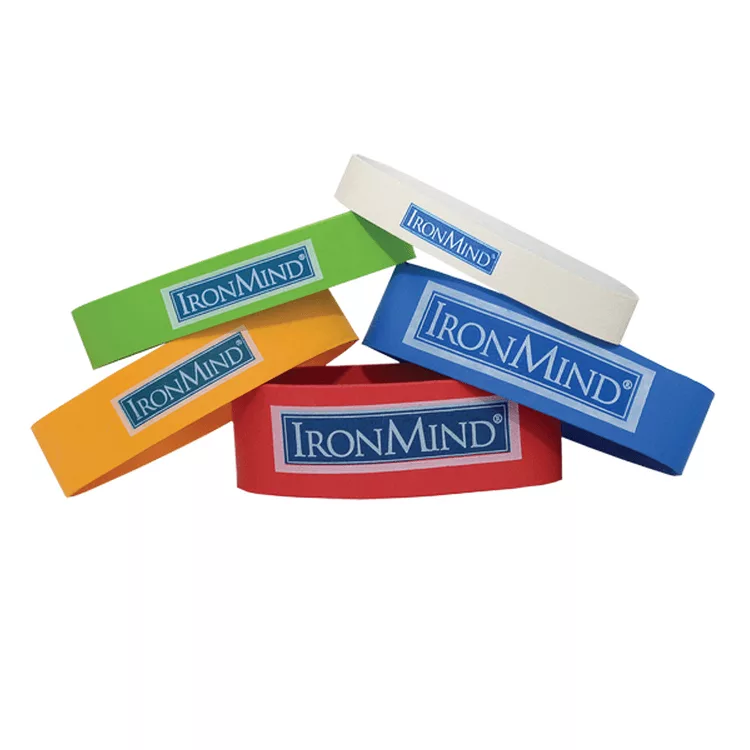
Why are Handbands Staple to Build Hand Muscle Balance?
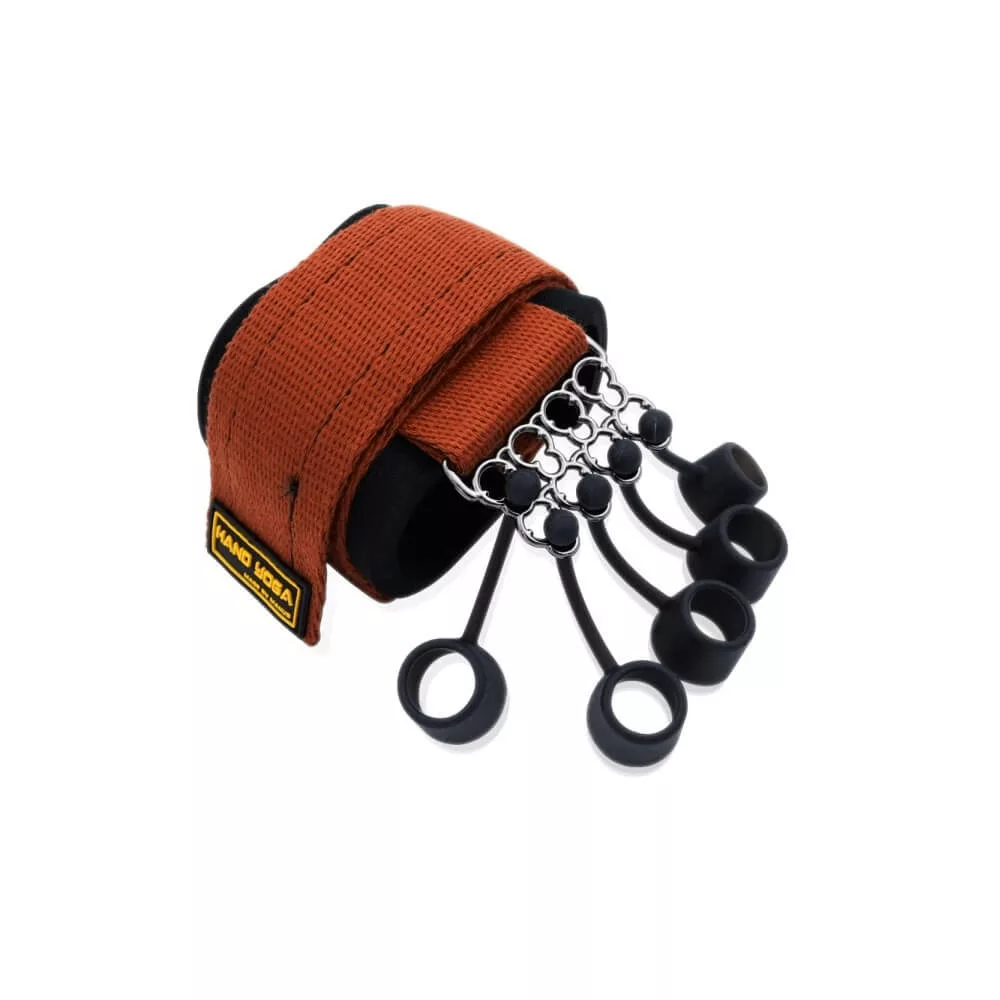
Fancy Finger Exerciser to Build Functional Grip Strength
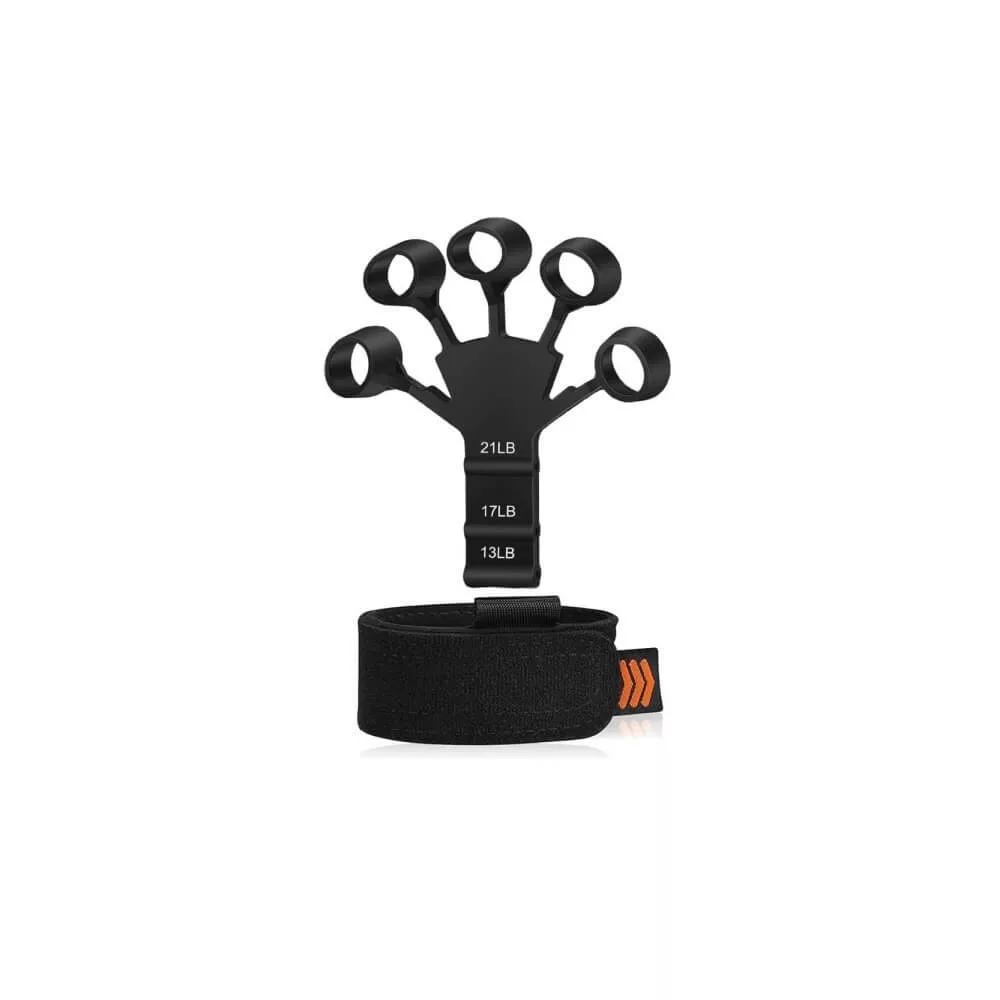
Fun & Affordable Way to Rehab Weak Hands
Periodization is a key concept here. It’s about breaking your training into cycles: think macro, meso, and microcycles. Macrocycles are the big picture (months or even a year). Meso cycles are mid-range blocks (several weeks), and microcycles are the weekly breakdowns. This method helps in planning both stress and recovery, ensuring sustained progress without hitting the burnout wall.
When applied to grip training, periodization might mean cycling between grippers, extensors, and support grip work in phases to build comprehensive hand strength without overloading the smaller stabilizing muscles.
Cross-training is another valuable tool. Mixing different forms of exercise prevents overuse injuries and keeps workouts interesting. If you’re a runner, adding swimming or cycling into the mix can give your legs a break while still maintaining cardiovascular fitness. This not only helps physical recovery but also keeps you mentally refreshed.
Similarly, incorporating grip-supportive tools such as rice bucket drills, wrist rollers, or band extensions can complement traditional strength work and build functional balance between opposing muscle groups.
Listening to your body needs to be part of the strategy. Feeling particularly sore or sluggish? It might be time to dial back. Skipping a session or opting for a lighter workout isn’t failure; it’s smart. It allows your muscles to recover and reduces the chances of injury, ultimately keeping you on track for your long-term goals.
If your grip feels weaker than usual or your hands feel tight and stiff, it’s a sign to prioritize recovery methods such as massage, contrast baths, or lighter mobility drills instead of forcing more intensity.
Flexibility in your training schedule is also beneficial. Sticking rigidly to a plan that doesn’t account for unexpected life events is a recipe for frustration and burnout. Adjust your workouts as needed based on how your body feels and what’s happening in your life.
This approach makes training sustainable and enjoyable over the long haul. Incorporating rest periods or switching focus between grip strength, mobility, and forearm endurance ensures longevity, helping you train smarter, not just harder.
Nutrition and Recovery
Proper nutrition is the foundation of effective recovery. After a tough workout, your body craves the right nutrients to heal and grow stronger. Incorporating a balanced diet rich in proteins, healthy fats, and complex carbohydrates aids in muscle repair and replenishes energy stores. Don’t skimp on post-workout meals; they can make a big difference in how quickly you bounce back. For those focused on improving grip strength and forearm endurance, recovery nutrition is just as vital: your smaller muscle groups depend on consistent protein and micronutrient intake to rebuild efficiently after high-tension training sessions.
Hydration is vital, too. Water impacts every cellular function, from muscle contractions to nutrient transport. Dehydration can exacerbate feelings of fatigue and delay recovery. Make sure you’re drinking enough throughout the day, not just during exercise. Electrolyte-rich drinks can help maintain balance, especially after intense sessions. Even mild dehydration can reduce grip performance and coordination, so maintaining proper hydration directly supports sustained hand strength and motor control.
Supplements can also play a role in supporting recovery. Protein powders, branched-chain amino acids (BCAAs), and omega-3 fatty acids are some options that can aid muscle repair and reduce inflammation. However, supplements should complement, not replace, a well-rounded diet. It’s wise to consult with a nutritionist or healthcare provider before introducing them into your routine. Supplements such as collagen, magnesium, or curcumin can be especially beneficial for tendon and joint recovery, helping lifters maintain healthy wrists, elbows, and forearms under continuous load.
Restorative practices are just as crucial as what you consume. Sleep is where a significant part of recovery happens. Aim for 7-9 hours of quality sleep each night to allow your body to repair and regenerate. Good sleep hygiene, like maintaining a consistent sleep schedule and creating a relaxing bedtime routine, can improve your sleep quality. Since grip training often involves repetitive micro-stress on small connective tissues, adequate sleep accelerates the healing process, improving both hand strength and coordination over time.
Consider incorporating active recovery activities such as yoga or gentle stretching into your routine. These practices help to increase blood flow to muscles, which can speed up recovery and reduce muscle soreness. They also offer mental relaxation, contributing to overall well-being and reducing the risk of burnout. Adding hand mobility drills, forearm massage, or light resistance band extensions on rest days can further enhance blood flow and maintain grip balance, preventing stiffness or overuse injuries.
Focusing on both nutrition and recovery practices can enhance your performance and keep overtraining and burnout at bay. It’s about creating a holistic approach that nourishes your body and mind, ensuring you’re not just working hard, but working smart. By optimizing recovery through proper fuel, hydration, and rest, you’ll build sustainable grip strength, maintain resilience, and continue progressing without plateauing.
Mental Health and Well-being
The mental aspect of training is often overlooked, but it’s just as critical as physical conditioning. Emotional well-being significantly impacts your physical performance and recovery. Managing mental stress can make the difference between enjoying your workouts and feeling burnt out.
In grip training or strength sports, mental endurance often determines consistency: your mindset influences how well you handle progressive overload, recovery periods, and injury prevention efforts. Building mental resilience is a hidden skill that directly enhances physical performance over time.
Techniques for mental relaxation can help maintain a healthy balance. Mindfulness practices like meditation or deep breathing exercises allow you to reset and focus.

These methods help in reducing anxiety and improving overall mental health.
Athletes who incorporate short visualization sessions or breathing techniques before heavy lifts, like gripper sessions or wrist roller work, often experience improved focus and coordination.
This mental preparation translates into stronger, more controlled training sessions.
Taking regular mental breaks is also beneficial. Engaging in hobbies or activities outside training can provide a much-needed mental reset. It’s important to cultivate interests beyond your primary sport to maintain a well-rounded sense of fulfillment. Diversifying your focus prevents the “tunnel vision” effect common in serious strength athletes and supports long-term motivation for both grip development and overall fitness.
Don’t hesitate to seek professional help if needed. Therapists and counselors specialized in sports psychology can offer strategies tailored for athletes. They can help you develop coping mechanisms for stress and anxiety, ultimately enhancing your performance and preventing burnout.
Working with a sports psychologist can also help refine mental cues used during grip-intensive exercises, improving motor control and concentration under load.
Creating a positive and supportive mental environment is also crucial. Surround yourself with encouraging and understanding individuals who recognize the importance of mental health. This support network can provide emotional stability and motivation when you need it the most.
Whether it’s training partners, coaches, or online grip communities, surrounding yourself with like-minded athletes fosters accountability, consistency, and a shared drive toward continual progress.
Monitoring and Assessment
Keeping track of your training load and recovery status is essential to avoiding overtraining. Effective monitoring methods can provide valuable insights into how your body is responding to your routine. When improving your grip strength or overall performance, consistent tracking helps you balance intensity and recovery, two critical elements for long-term strength gains.
Utilizing technology can make this easier. Wearables like fitness trackers and smartwatches can measure heart rate variability (HRV), sleep quality, and physical activity levels. These data points can help you gauge when your body needs rest versus when it’s ready to push harder. Modern grip athletes and strength trainers often use HRV data to fine-tune their load management, ensuring each gripper session, pull-up, or deadlift contributes to progress instead of fatigue.
But gadgets aren’t the only way to monitor your progress. A good old-fashioned training diary can be just as effective. Logging your workouts, noting how you feel before and after sessions, and tracking your sleep and nutrition can reveal patterns that might go unnoticed otherwise.
This self-awareness is a powerful tool in preventing overtraining. Recording grip-specific details, like hand fatigue, grip endurance, or tool variation (grippers, pinch blocks, wrist rollers) adds an extra layer of insight that helps refine your training cycles.
Regular health check-ups are another vital component. Routine visits to a healthcare provider who understands athletic needs ensure that potential issues are caught early. Blood tests can monitor markers of overtraining, such as elevated cortisol levels or deficiencies in essential nutrients. This proactive approach supports both recovery and performance, helping maintain tendon and joint health critical for grip-intensive training.
Consider implementing periodic fitness assessments. These can be as simple as timed runs or as comprehensive as VO2 max tests. They provide concrete data on your progress and can indicate when it’s time to adjust your training intensity. Grip dynamometer tests or forearm endurance assessments can also be included to measure functional progress specific to grip strength development.
By combining technology, personal tracking, and professional health evaluations, you create a comprehensive monitoring system. This approach not only helps in preventing overtraining and burnout but also enhances your overall performance by ensuring you’re training smart. When applied to grip strength training, these monitoring tools help you balance effort and recovery: maximizing gains while safeguarding against fatigue and injury.
Creating a Supportive Environment
The environment you train in plays a huge role in how you perform and recover. Coaches and trainers are crucial allies in this journey. A knowledgeable coach can customize training plans that consider your individual needs, helping you avoid overtraining. They offer guidance, motivate you, and keep track of your progress, ensuring that you’re not pushing beyond safe limits. For athletes working on improving grip strength or overall endurance, professional guidance can ensure technique efficiency and sustainable progression, preventing tendon strain and wrist fatigue before they start.
Building a supportive community around you is also beneficial. Training with like-minded individuals provides a sense of camaraderie and accountability. It’s easier to stay motivated, push through tough workouts, and rest when you see others doing the same. Being part of a group where everyone encourages each other can significantly reduce feelings of isolation and burnout. In grip training, this collective energy helps maintain consistency and motivation, especially during plateaus or recovery phases.
Open communication within this setup is key. Always be honest with your coach and training partners about how you’re feeling, both physically and mentally. If something feels off, speak up. It’s better to address issues early on rather than let them escalate. A good coach will take your feedback seriously and make adjustments as needed. Clear communication ensures proper deloads, recovery timing, and adaptive progression: all vital when pushing hand, forearm, or upper-body limits.
In addition to coaches and fellow athletes, consider involving family and friends in your journey. Their emotional support can be invaluable, offering an additional layer of motivation and care. Let them know how they can help, whether it’s by giving you space to recover or cheering you on during tough times. Emotional balance directly influences grip and strength performance; mental fatigue can subtly affect focus, coordination, and tension control.
By creating a network that includes knowledgeable professionals, supportive peers, and understanding loved ones, you build a robust support system. This network helps you navigate the ups and downs of your training journey, making your goals more achievable and your training more enjoyable. For those dedicated to grip strength improvement or overall physical mastery, a strong support environment transforms consistency into long-term success.
Long-term Prevention and Sustainability
Implementing strategies for long-term sustainability in your training is vital to maintaining both performance and well-being. One key approach is incorporating regular rest and recovery periods as integral parts of your routine. These aren’t just breaks; they’re essential for your muscles to repair and grow stronger. Think of rest as a strategic tool, not a setback. In grip and forearm training, rest days are particularly important, as tendons and small stabilizing muscles need time to adapt and strengthen safely.
Adjusting your training plan based on life changes and aging is equally important. Your body’s capacity and recovery needs will evolve over time. Being flexible and willing to adapt your training to accommodate these changes ensures that you can continue to perform at your best without overtaxing your system. This adaptability is key for grip enthusiasts and athletes alike. Progressing intensity too quickly can lead to overuse issues in the wrists, elbows, or fingers, while gradual progression builds true, lasting strength.
Listening to your body remains a core principle for sustainable training. Pay close attention to physical cues like persistent soreness or fatigue, and also to mental signals such as burnout or loss of motivation. Address these warning signs promptly by adjusting your training intensity or taking time off as needed. For example, grip weakness or reduced endurance during holds can signal that your nervous system and connective tissues need additional recovery time.
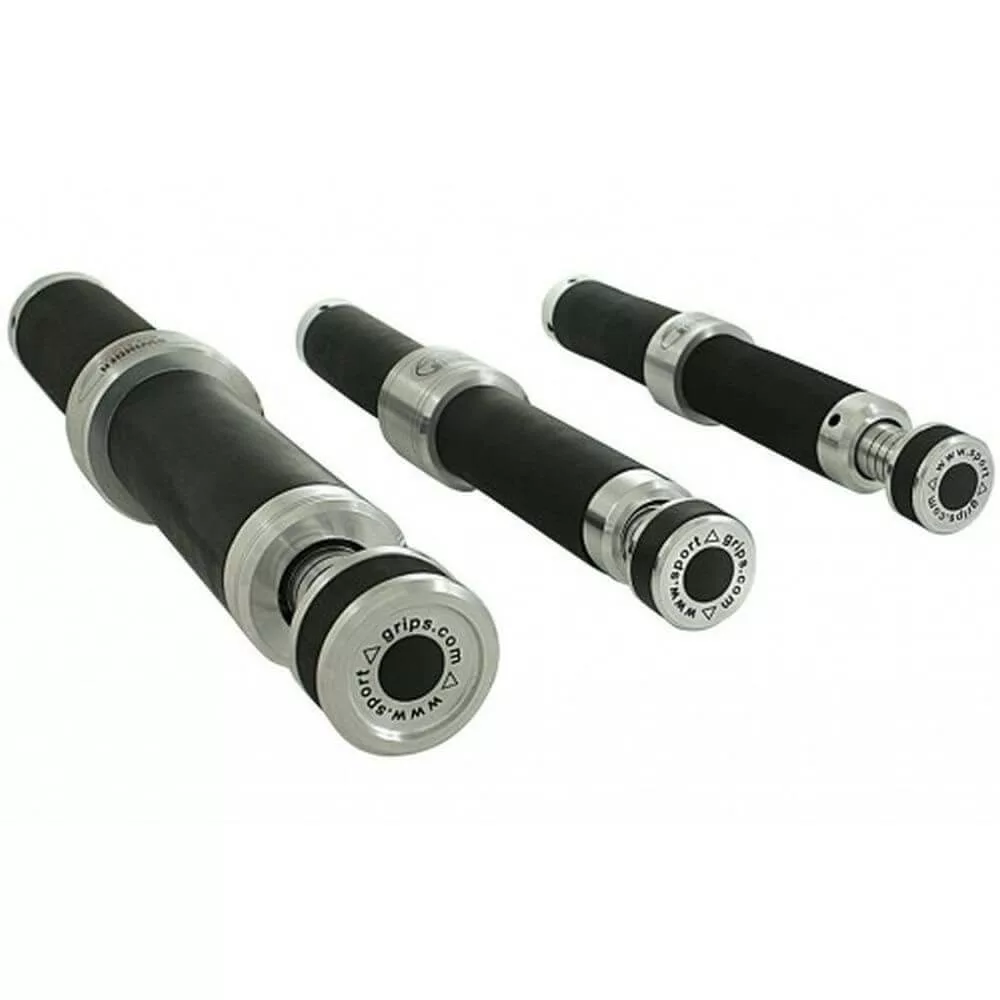
Blast Your Wrists with XL Wrist-Roller to Bulk Up Forearms
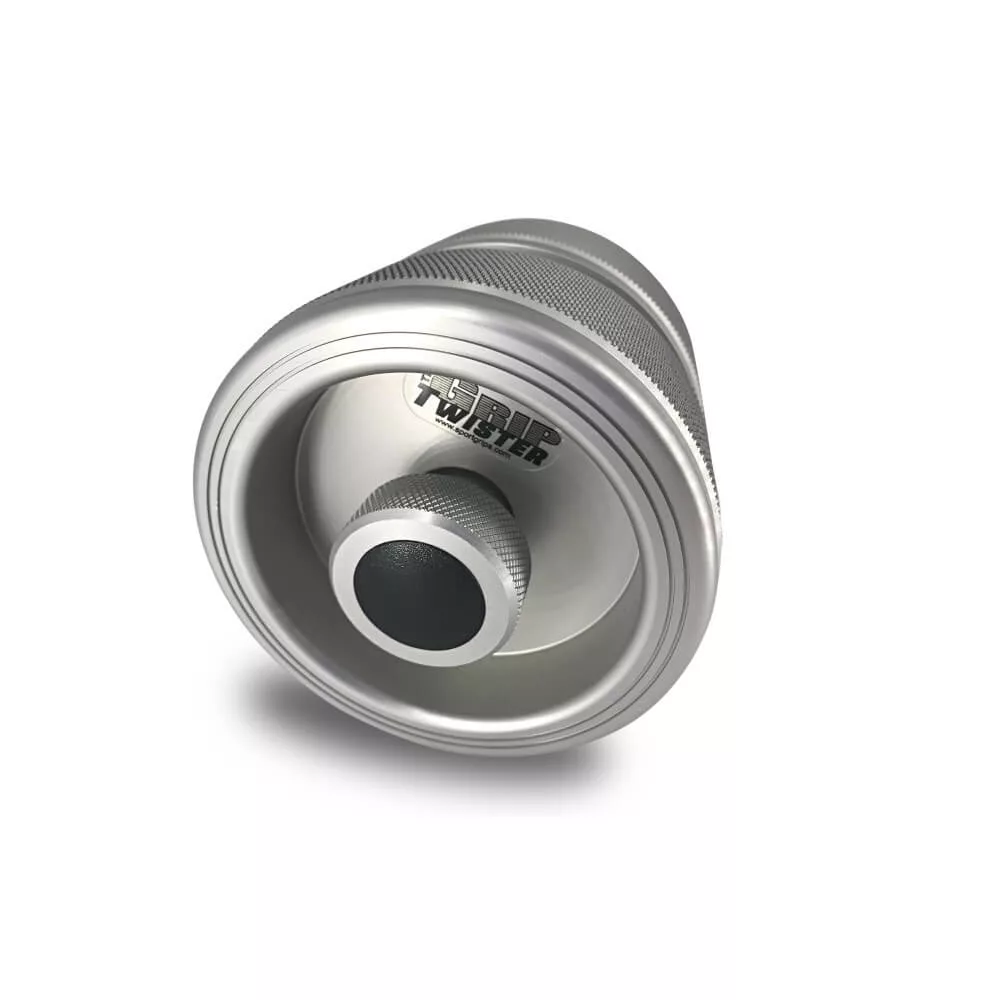
Ultimate Pinch Grip Trainer with Virtually Infinite Resistance?
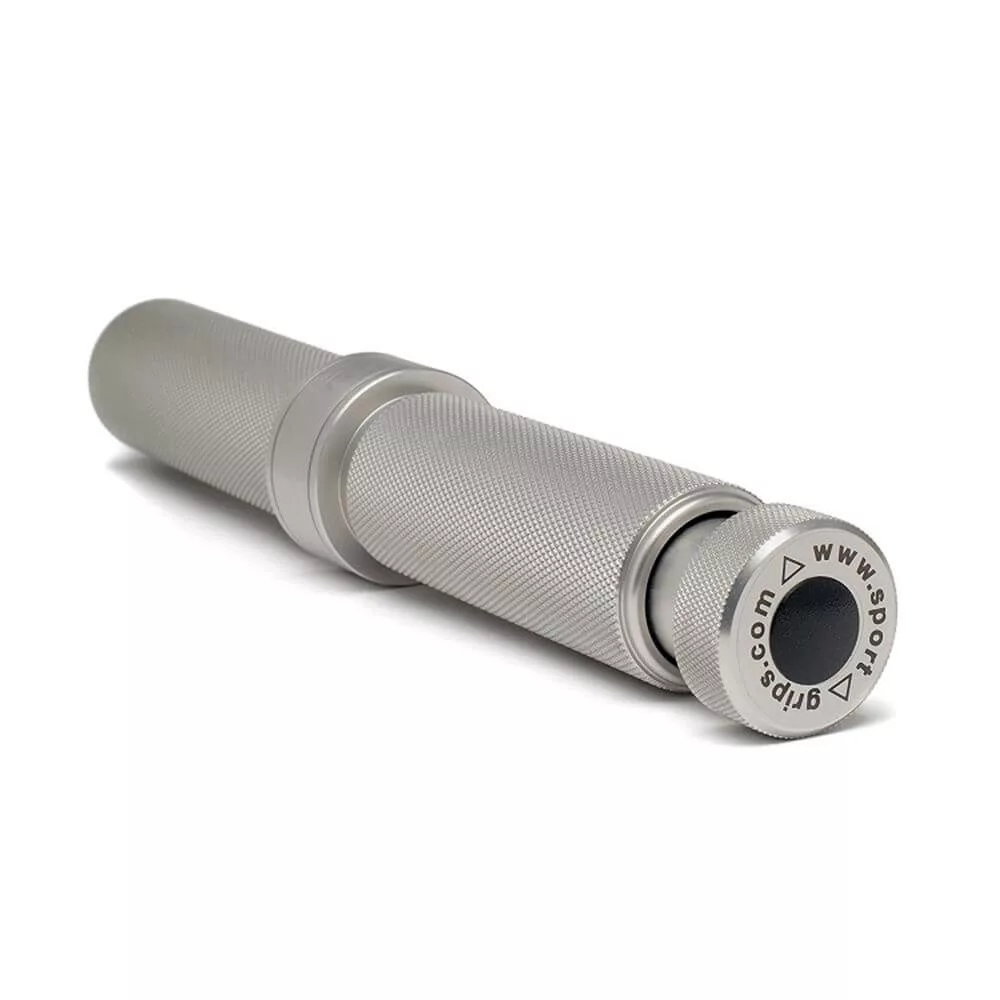
Modern, Rope-Less Wrist Roller: Sure Way to Get Strong Wrists
Incorporating a variety of training activities helps maintain long-term interest and prevent overuse injuries. Mixing things up keeps your routine fresh and your body balanced. Just like cross-training, introducing new activities challenges different muscle groups and provides mental stimulation. Alternating between grip-focused tools like grippers, pinch blocks, hand bands, and wrist rollers can keep your progress steady while avoiding strain in repetitive patterns.
Maintaining a balanced lifestyle extends beyond just workouts. Ensure that you’re taking care of your overall health, which includes adequate sleep, proper nutrition, and mental well-being. These elements collectively contribute to your ability to train effectively and sustainably. Proper fuel, hydration, and rest directly influence grip endurance, recovery rate, and long-term joint health.
By focusing on these long-term strategies, you create a training regimen that supports ongoing progress and peak performance without risking overtraining or burnout. It’s about finding a pace you can maintain, where your body and mind stay in harmony, allowing you to pursue your athletic goals for years to come. Consistent recovery, progressive overload, and mindful grip training together form the foundation for enduring strength and resilience.
Thanks for Stopping By
Have Questions?
Please Leave A Comment

